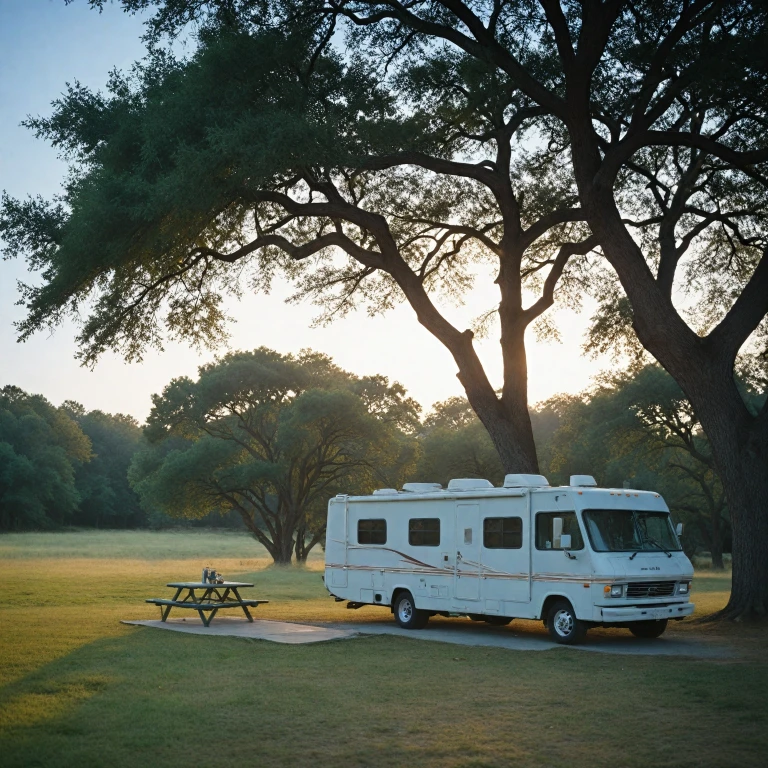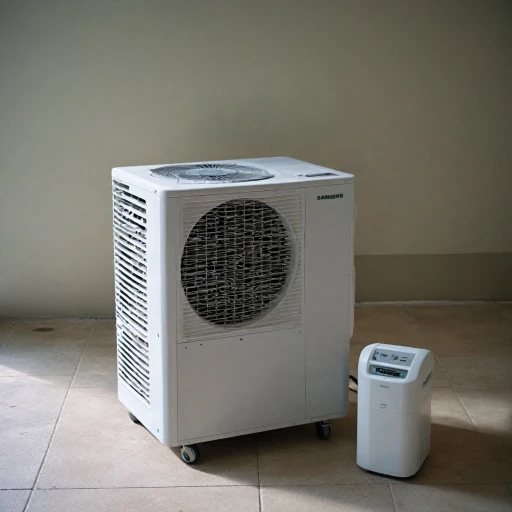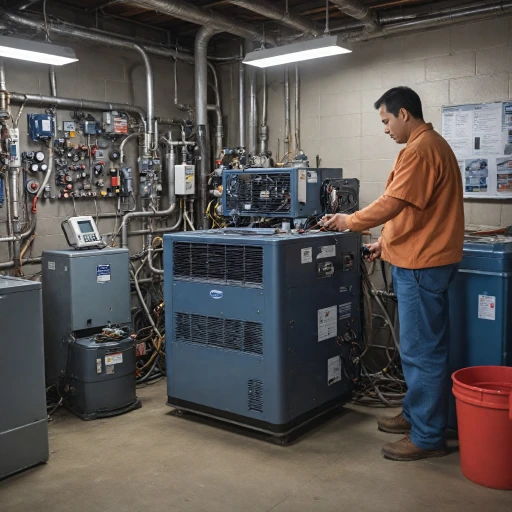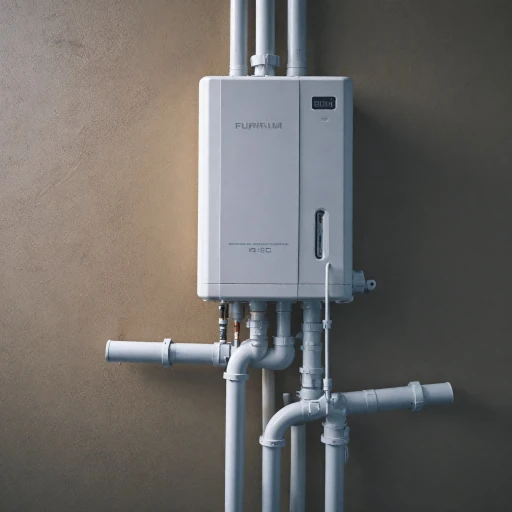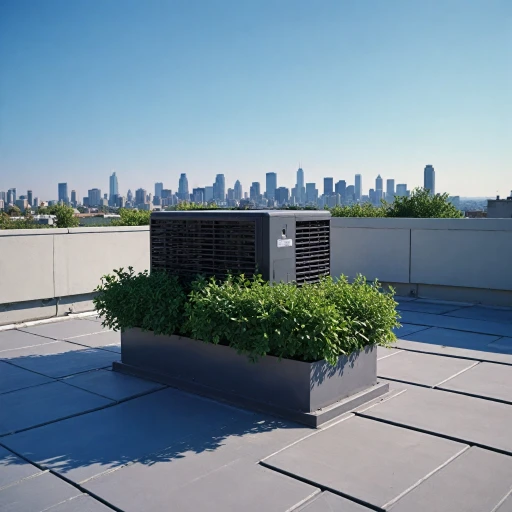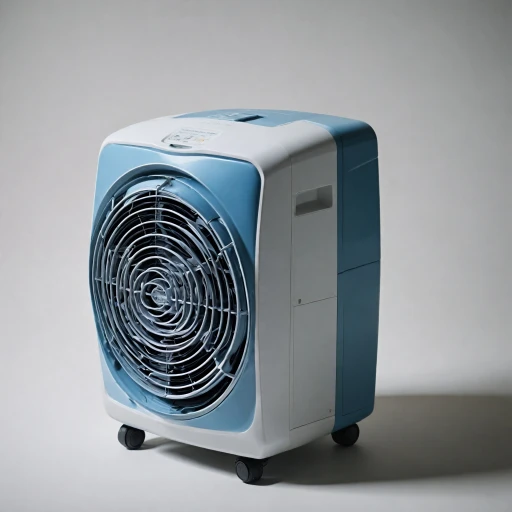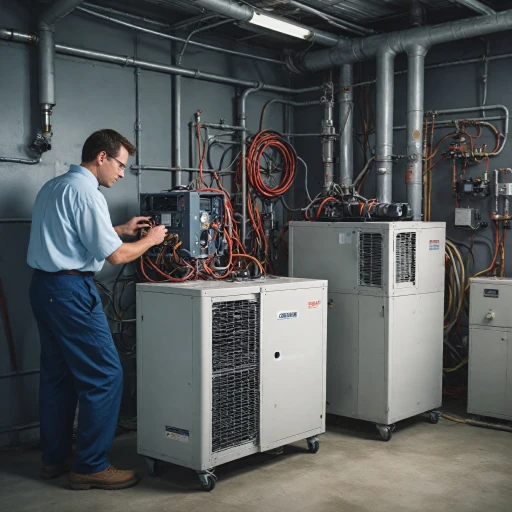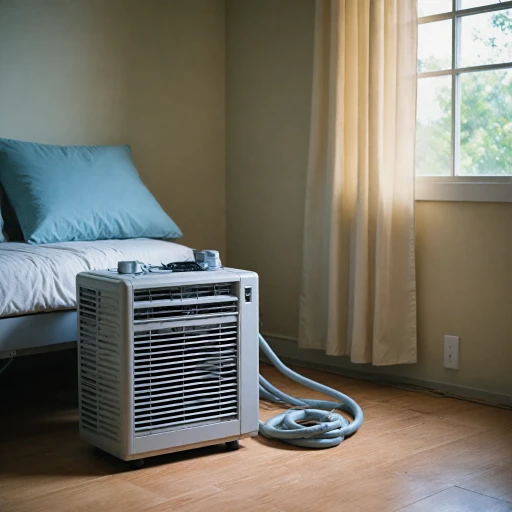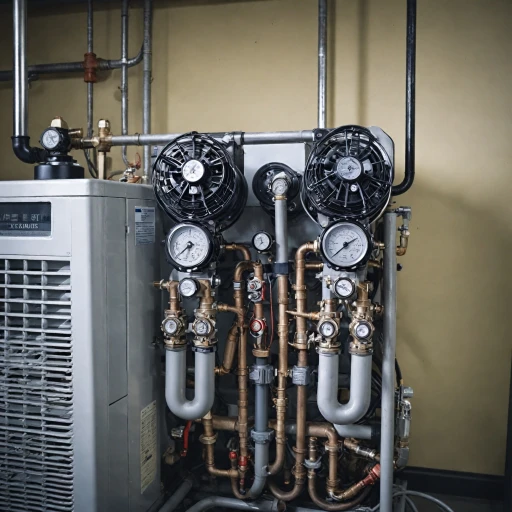
Understanding Mini Split Air Conditioners for RVs
Decoding the Essentials of Mini Split Air Conditioning
For those who embark on adventures in RVs, understanding how your air conditioning choices affect comfort and efficiency is key. Here, we dive into the intricacies of mini split air conditioners tailored for RV use. Mini split systems stand out with their ability to deliver zoned cooling without the need for ductwork, making them particularly appealing for compact spaces like RVs. These systems combine an indoor unit that releases the cool air directly into the space and an outdoor unit that dissipates heat outside. A crucial factor is the BTU capacity, which determines how effectively a unit can cool a given area. When choosing, consider going for a unit with an appropriate BTU rating to suit your RV size, ensuring optimal energy utilization. Modern mini split systems boast the addition of inverter technology. This technology allows the compressor to vary its speed, thus maintaining consistent indoor temperatures while enhancing energy efficiency. Systems with higher SEER ratings, which is a measure of cooling efficiency, often incorporate this feature, making them an attractive choice for those mindful of energy consumption. Another aspect worth exploring is the dual functionality of mini splits, as many act as a heat pump system, allowing for both cooling and heating. This feature is a compelling reason to consider them, especially when frequenting areas with varying climate conditions. Leading brands, known for their reliability and performance, offer full set systems equipped with energy-saving features, tempting more users to make the switch. For more comprehensive insights into air cooling mechanisms, we've included a link that breaks down essential parts of portable air coolers, serving as a comparative reference to enhance your understanding further. It's essential to balance your decision with installation considerations and potential cost benefits, but the inherent advantages of mini split systems — from a sale price perspective to regular price expectations — are setting a new standard in efficient RV cooling.Benefits of Mini Split Air Conditioners in RVs
Advantages of Using Mini Split Systems in RVs
When it comes to enhancing comfort during your RV adventures, mini split air conditioners stand out as a top choice. These units offer a range of benefits that make them particularly suited for the nomadic lifestyle. Let's delve into why a mini split system might be the ideal cooling solution for your RV.
Energy Efficiency and Cost Savings
One of the key advantages of mini split systems is their energy efficiency. Equipped with inverter technology, these units can adjust their cooling output based on the current needs, significantly reducing energy consumption. This not only helps in lowering your energy bills but also contributes to a more sustainable environment. Systems with a high SEER (Seasonal Energy Efficiency Ratio) rating, such as those with a SEER ductless configuration, ensure optimal performance and energy savings.
Flexibility and Zone Control
Mini split systems offer the flexibility of zone control, allowing you to cool specific areas of your RV as needed. This means you can maintain a comfortable temperature in the living area without wasting energy on unused spaces. With a ductless mini split setup, you can enjoy personalized comfort without the need for extensive ductwork.
Quiet Operation
Noise can be a significant concern in RVs, especially when you're trying to relax or sleep. Mini split air conditioners operate quietly compared to traditional units, thanks to their advanced design and inverter technology. This ensures a peaceful environment, enhancing your overall RV experience.
Heating Capability
Many mini split systems come with a heat pump function, providing both cooling and heating solutions. This dual functionality makes them a versatile choice for RVs, allowing you to maintain a comfortable temperature year-round, regardless of the weather outside. Brands like Pioneer offer units that efficiently handle both cooling and heating tasks, ensuring your RV is comfortable in all seasons.
Space-Saving Design
RVs have limited space, making the compact design of mini split systems an appealing feature. These units can be installed in various configurations, ensuring they don't take up valuable living space. Their sleek design also adds a modern touch to your RV's interior.
For more detailed insights on how mini split systems can enhance your RV's comfort, you might want to explore understanding the role of mini split condensate pumps in portable air conditioners.
Installation Considerations for RV Mini Split Systems
Key Considerations for Installing Mini Split Systems in RVs
Installing a mini split air conditioner in your RV can dramatically improve your living comfort, but it's not without its challenges. Recognizing the system's specifics beforehand ensures an efficient installation and reliable performance throughout your journeys.- System Placement: Identifying the optimal location for both the indoor and outdoor units is crucial. The indoor unit needs to be strategically positioned to provide even cooling across the entire RV space. The outdoor unit, often a condenser, should be placed where there's ample airflow to avoid overheating and ensure the system operates at peak energy efficiency.
- Power Requirements: Assess the power capability of your RV to ensure it can support a mini split system. Most systems, including a ductless mini split inverter, require a significant power supply. Make sure your RV's electrical system can handle this load without tripping a breaker or overloading the electrical circuits.
- Wiring and Piping: Be prepared for the installation challenges associated with mini split systems, including wiring and refrigerant piping. Essential components such as the system full set, including an energy-efficient compressor, need to be installed meticulously. You may want to rely on a professional installer to handle complex tasks involving electrical connections and refrigerant line management. For a deeper dive into these essential aspects, explore this understanding the essentials of mini split line sets guide.
- Mounting and Support: Proper mounting of the units is essential to prevent vibration and noise while traveling. Consider using vibration absorbers and strong brackets to secure units tightly. This prevents undue stress on the system and damage to your RV's structure.
- Ventilation Considerations: Adequate airflow around both the indoor and outdoor sections of the unit is crucial. This ensures the mini split air conditioner operates efficiently and maintains its cooling and heating capabilities.
Cost Analysis: Is a Mini Split System Worth It for Your RV?
Weighing the Costs and Benefits
When deciding whether a mini split air conditioner is worth the investment for your RV, it's crucial to factor in both upfront and ongoing costs. The initial price of a ductless mini split system can be more than traditional portable air conditioners. However, the long-term energy efficiency often leads to substantial savings.
Several key factors contribute to the cost-effectiveness of a mini split system:
- Energy Efficiency: Mini splits frequently have high SEER ratings, indicating better energy use. Systems marked with Energy Star certifications further affirm their efficiency, potentially reducing power expenses over time.
- Cooling and Heating Capabilities: Mini split units are multifunctional with inbuilt heat pumps, allowing for year-round use. This can negate the need for a separate heating system, leading to additional savings.
- Scalability: Customizing the BTU capacity to the size of your RV ensures optimal cooling without wasting energy. Brands like Pioneer offer a range of options tailored to various needs.
The current price for mini split systems also reflects their growing popularity. Luckily, there are often sales that can reduce the regular price significantly. Even though the full set might seem steep initially, when comparing regular price and energy reduction, it balances out over time.
In comparison, portable air conditioners, while initially cheaper, can consume more energy and may not provide the same comfort level due to limited BTU capacity and lack of inverter technology. Consider how each system fits into your lifestyle and budget before making a decision.
Maintenance Tips for RV Mini Split Air Conditioners
Maintaining Your RV Mini Split Air Conditioner
Ensuring the longevity and efficiency of your RV’s mini split air conditioning system involves a few important steps. These systems, like the ductless mini split and split inverter models, rely on proper care to function at optimal levels.- Regular Filter Cleaning: Air filters in any mini split air conditioner can become clogged with dust and debris over time. This reduces the energy efficiency and cooling capability. It’s advisable to clean or replace the filters regularly to maintain good airflow and preserve the system's SEER rating.
- Inspection of Components: An air conditioner's components, such as the heat pump and inverter, need periodic inspection. Make sure that the outdoor unit is free of debris, as this can affect its ability to exchange heat efficiently. The Pioneer BTU models are known for their durability, but should still be checked for any visible wear or tear.
- Professional Servicing: While you can perform minor maintenance tasks, professional servicing ensures that your RV’s full set split air system is thoroughly examined. This can help identify issues before they become significant problems and affect your nomadic cooling needs.
- Checking Refrigerant Levels: A mini split system's cooling efficiency is highly dependent on proper refrigerant levels. If you notice your RV is not cooling effectively, it might be time to have the refrigerant levels checked and replenished if necessary.
- Remote and Control Calibration: Ensure that the remote controls and thermostats are well-calibrated to maintain accurate readings. This helps in efficient energy consumption and prolongs the inverter’s longevity.
